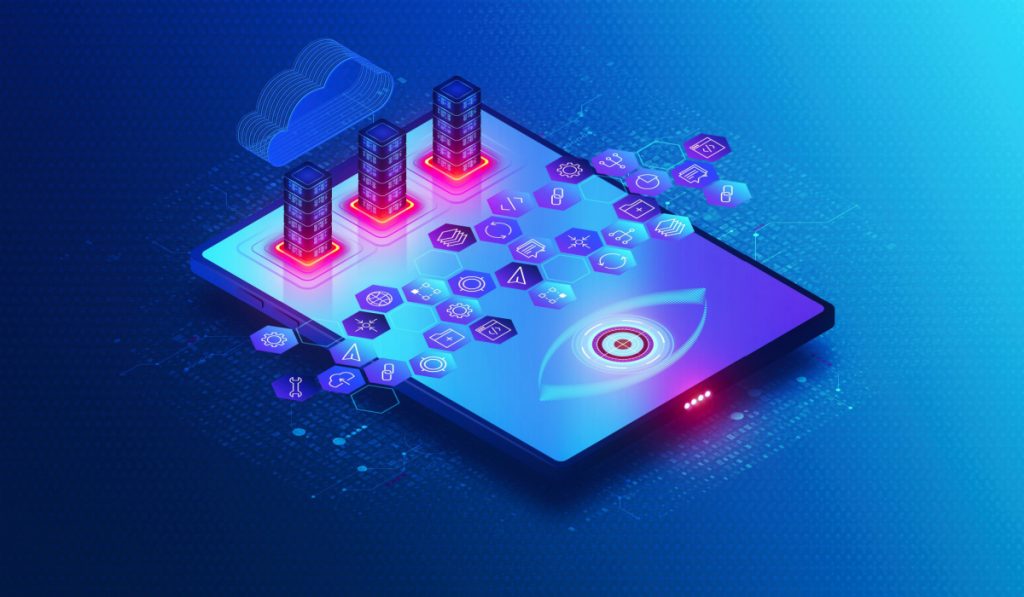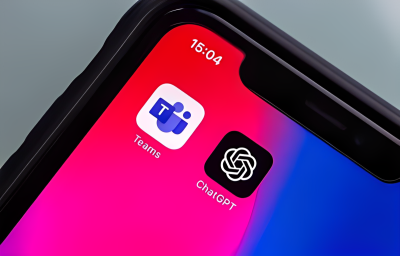Highlights:
- As organizations race to adopt technologies such as blockchain, edge computing, and 5G to provide optimal customer experiences, observability enables more manageable deployment.
- More than three-quarters of respondents (78%) saw observability as a critical enabler for achieving core business goals.
Observability company, New Relic, announced the release of the 2022 Observability Forecast report that provides insights into the current state of observability and its growth potential. With IT and application environments increasingly shifting toward complex, cloud-based microservices, the research has found that technology professionals have bold plans to ramp up observability capabilities to avoid issues impacting customer experience and application security. Nearly three-quarters of respondents said C-suite executives in their organization are advocates of observability. More than three-quarters of respondents (78%) saw observability as a critical enabler for achieving core business goals. It implies that observability has become a board-level imperative.
The second annual Observability Forecast from New Relic and ETR had 1,614 respondents, including 1,044 practitioners — day-to-day users of observability tools — and 570 IT decision-makers across 14 countries to understand their current use of observability tools and approaches and their perspectives on the future of observability. The report also discusses the technologies they believe will increase the need for observability and the advantages of implementing observability practice. For example, of those with mature observability practices, 100% said observability improves revenue retention by deepening their understanding of customer behaviors, compared to 34% of those with less mature practices.
According to the research, organizations today use patchwork tools to monitor their technology stacks. Simultaneously, respondents expressed a desire for greater simplicity, integration, seamlessness, and more efficient methods of completing high-value projects. Furthermore, as organizations race to adopt technologies such as blockchain, edge computing, and 5G to provide optimal customer experiences, observability enables more manageable deployment, which helps drive innovation, uptime, and reliability.
The 2022 Forecast of Observability found:
- Only 27% of the companies had reached full-stack observability by the report’s definition, which is the ability to see everything in the tech stack that could affect the customer experience. According to the report, only 5% had mature observability practices.
- A third (33%) of the respondents said that they still mostly detect outages manually or through customer complaints, and 82% said that they use four or more tools to check on the health of their systems.
- More than half (52%) of the people who answered the survey said they experience high-impact outages once a week or more, and 29% said it takes more than an hour to fix these outages.
- Only 7% said that their telemetry data is fully unified, and only 13% said all their data visualizations or dashboards are in one place.
- Almost half of them (47%) said they would rather have a single, unified observability platform.
- Respondents said their companies would need observability most for Artificial Intelligence (AI), the Internet of Things (IoT), and business applications in the next three years.
Peter Pezaris, SVP, Strategy and User Experience at New Relic, said, “Today, many organizations make do with a patchwork of tools that require extensive manual effort to provide fragmented views of their technology stacks.” He added, “Now that full-stack observability has become mission critical to modern businesses, the Observability Forecast shows that teams are striving to achieve such a view so that they can build, deploy, and run great software that powers optimal digital experiences.”
How to get full-stack visibility
One of the most important things to learn from the report is that there is a strong link between achieving or prioritizing full-stack observability and having fewer outages, faster outage detection, and better resolution. For example, 34% of respondents who said they had already prioritized or achieved full-stack observability were also less likely to experience the most frequent high-impact business outages (once a week or more) compared to the 52% who had not. Also, 68% of the respondents who said they had already prioritized or achieved full-stack observability said it takes less than 30 minutes to find outages with a high impact on business, compared to 44% of those without one.
Almost half of the people who answered (47%) said they would prefer a single, unified platform, but only 2% said they only use one tool for observability.
Respondents to the survey said the main reason why they couldn’t achieve full-stack observability is because of a lack of understanding of the benefits, too many monitoring tools, uninstrumented systems, and a disparate tech stack.














